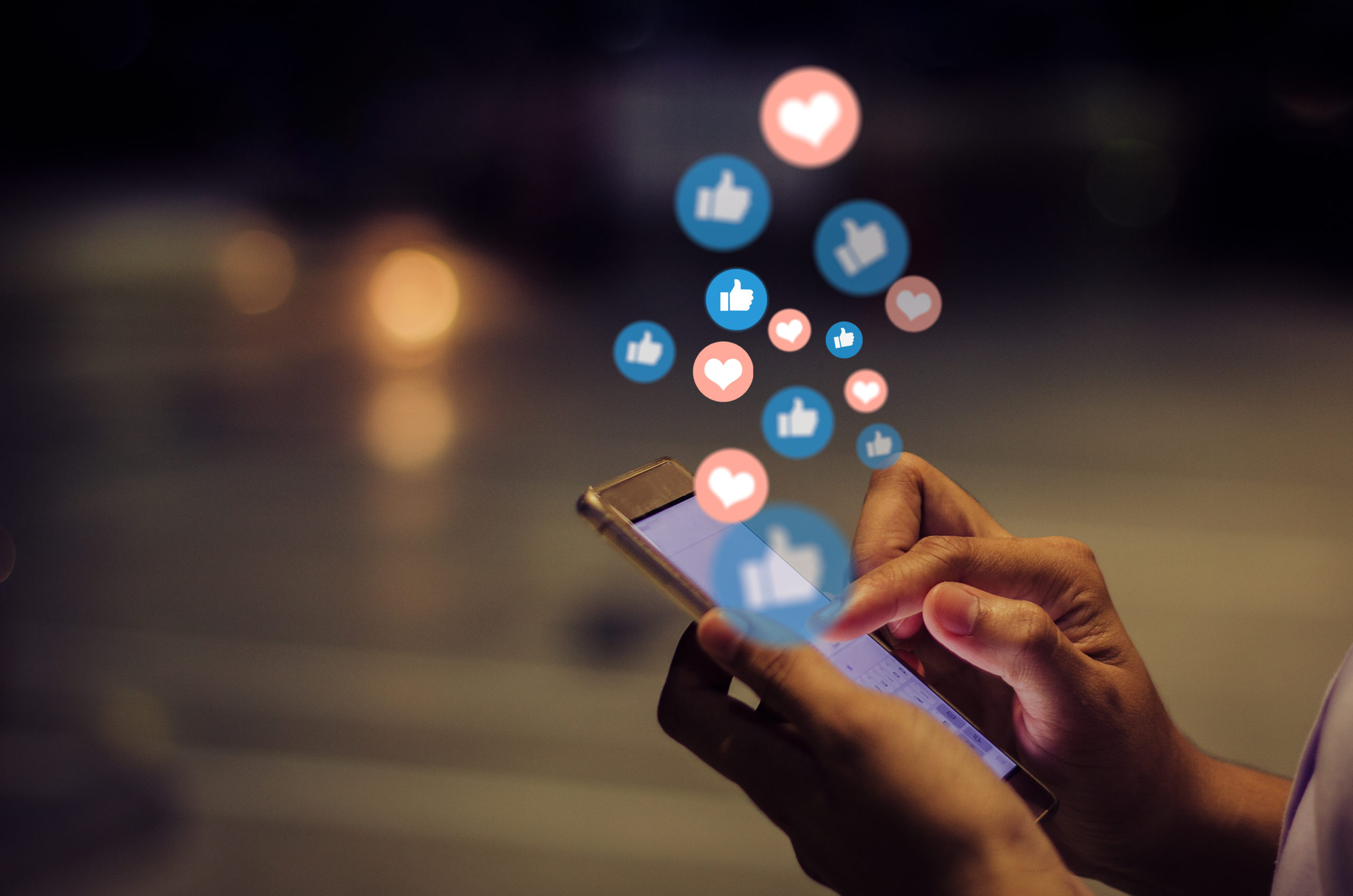

RECOMMENDED READING
Within 48 hours of Thanksgiving, two documents were released that addressed this year’s seasonal theme: how to balance private liberty and salus populi.
The first document, released shortly after midnight Thanksgiving day, was the Supreme Court’s unsigned injunction against Andrew Cuomo’s coronavirus rules, which had imposed harsher restrictions on churches and synagogues than on some secular businesses. Even one missed shabbos would constitute “irreparable harm” to the plaintiffs, the majority said, whereas “it has not been shown that granting the [injunction] will harm the public.” In an unusually scathing concurrence, Justice Neil Gorsuch wrote that “[t]he only explanation for treating religious places differently seems to be a judgment that what happens there just isn’t as ‘essential’ as what happens in secular spaces…. That is exactly the kind of discrimination the First Amendment forbids.”
The second document, released one day after the first, was an oped by Pope Francis about the pandemic, in which the Pontiff excoriated those who had put “personal freedom” ahead of the “common good.” “Some governments” (he did not mention which) “shrugged off the painful evidence of mounting deaths, with inevitable, grievous consequences.” Even in countries that did not, “some groups protested, refusing to keep their distance, marching against travel restrictions — as if measures that governments must impose for the good of their people constitute some kind of political assault on autonomy or personal freedom!” “The common good,” Francis concluded, “is much more than the sum of what is good for individuals.”
On one reading of these documents—the obvious, exoteric reading—the Court and the Pope are concerned about different things. The former focuses on violations of liberal neutrality, the way in which Cuomo privileged secular spaces over religious ones; the latter focuses on substantive goods and the measures needed to achieve them, painting critics of those measures as selfish and impetuous. While not logically incompatible, these emphases hint at a now-familiar divide, between those who view the lockdowns with skepticism and those who view the skepticism with scorn.
But on another, more esoteric reading, both documents are an implicit admission of the same problem: the pandemic presents trade-offs that secular liberalism lacks the resources to navigate—because navigating them requires a departure from the public/private dichotomy at the heart of secular liberalism.
Let me explain.
COVID-19, like all contagious diseases, exemplifies what economists call risk interdependence. Each person’s risk of contracting the virus depends on decisions made by others—indeed, it depends on decisions made by every other, except those with sterilizing immunity. If you go on a tinder date, and the next day I encounter you in a grocery store, the likelihood that I get sick is higher, ceteris paribus, than if you’d just facetimed instead. In other words, you’ve passed along some fraction of your own risk, to which I, the risk’s recipient, did not consent.
This doesn’t mean that you’ve wronged me, of course. If exposing others to risk were inherently blameworthy, then all drivers, no matter how careful, would incur astronomical moral debts.
But you arguably have harmed me, insofar as you’ve set back my interest in reducing risk. And even if you reject that argument, risk remains a legitimate object of regulation—that is why we require drivers to obey the speed limit.
Unlike car accidents, however, coronavirus infections can happen almost anywhere: a bar or bike shop, a Walmart or Gamestop, in the home or on a date—and yes, potentially at church or synagogue. So since each new infection increases everyone’s risk of illness to some uneven extent—and since this illness kills far more efficiently than car crashes, influenza, or heart disease—the logic of risk reduction will inevitably implicate much of our private lives. Those implications are not paternalistic, in the sense of restricting an agent’s freedom for his own sake; they follow naturally from the harm principle, on which it is permissible to restrict an agent’s freedom for the sake of others. In effect, they follow from liberalism itself.
The coronavirus thus threatens the body politic in the same way it can threaten the body: by causing our own defense mechanisms to attack what they’re supposed to defend. The harm principle, after all, is typically understood as a constraint on state power, a way of preserving the distinction between public and private. But when harm attaches to actions taken in that second sphere, the principle can become imperialistic, licensing intrusion into the sacred and the sacrosanct. Some such intrusion is obviously necessary, and not inherently illiberal—but it tends to become illiberal in cases like coronavirus, where almost any restriction could conceivably reduce the risk of harm to others. If liberalism promises a balance between privacy and safety, its own regulative ideals have trouble making good on it.
To strike the appropriate balance, then, one must go beyond those ideals. What’s needed is a conception of the good that, in Francis’s words, is “more than the sum of what is good for individuals.” And that in turn requires two things: an anthropology, which specifies the constitutive elements of human flourishing; and an axiology, which specifies the relative value of each element. In other words, it requires a trade-off schedule, rooted in an account of what it means to be human.
Every COVID restriction—or lack thereof—presupposes such a schedule. New York’s rules assume that worship is valuable enough to warrant some risk of infection, but not valuable enough to let churches operate without capacity limits. They also assume, or seem to, that worship is less valuable than acupuncture, whose practitioners can operate without capacity limits. South Dakota’s rules, by contrast, assume that personal freedom is much more valuable than risk reduction, as evidenced by the state’s steadfast refusal to restrict the former in the name of the latter. (Nearly one in ten South Dakotans have tested positive for the virus; one in 1,000 have died from it.) And Nevada’s rules, which impose tighter caps on churches than on casinos, assume that revenue is more valuable than religion.
Unsurprisingly, debates about these schedules tend to break down along anthropological lines. The biggest proponents of lockdowns have been secular materialists, who believe that earthly existence—and earthly goods—are all there is. From this perspective, death seems like the ultimate evil, something we should do all in our power to avoid. Much less unanimity exists in religious circles, which is part of what made Francis’s oped so noteworthy: many Christians (American Christians, at least) probably disagreed with it. That may just be a function of partisanship, and the compatibility of Christianity with different partisan outlooks. But it may also be a function of a transcendent metaphysic, a belief that earthly existence—and earthly goods—are not all there is. If, for example, we have souls that survive natural death, whose eventual destination worship impacts, restricting church attendance looks an awful lot like a religious Rubicon, to be crossed at more than mortal peril. But if man is not made for higher things, and the value of religion is merely subjective and psychological, why should those restrictions be a bigger deal than caps on bike stores or movie theaters? Some people derive satisfaction from church; others derive satisfaction from acupuncture. Why, a secular materialist might ask, should we treat these establishments differently?
In its per curiam opinion Thanksgiving morn, the Supreme Court declined to answer. Indeed, the Court’s complaint was that secular and religious establishments were being treated differently, in contravention of the First Amendment. Had the capacity caps been similar for secular and religious spaces, they would not have been subject to strict scrutiny, which means they plausibly could have survived. So although the Court struck down the restrictions, it did so without challenging the worldview conducive to them—the same worldview Gorsuch hinted at in his concurrence, and which Anthony Kennedy inscribed in so many areas of public life.
Furthermore, it imposed its own judgment about the trade-off between liberty and safety. The restrictions do not serve “the public interest,” the court said, because “the State has not shown that public health would be imperiled if less restrictive measures were imposed.” Taken literally, this claim is absurd. Less restrictive measures means the potential for more people; more people, ceteris paribus, means more opportunities for transmission. More opportunities for transmission means a higher risk of community spread, and a higher risk of community spread imperils public health by definition. But the claim clearly isn’t meant literally. The argument (which on the merits seems correct) is that less restrictive measures would not increase the risk of community spread enough to make the public worse off than it is under the more restrictive regime. Which implies that the public’s welfare function includes goods besides minimizing COVID risk, and that realizing those goods is worth a small increase in everyone’s chance of getting the virus. Remember, the risk doesn’t just accrue to worshipers.
This is a totally reasonable position. But it is not neutral on any commonsense meaning of that term. The justices take at least three goods—public health, religious liberty, and what Gorsuch called “secular convenience”—then impose a particular balance between them, albeit one informed by constitutional principles. Though they frame that balance in the language of liberalism—harm, freedom, equal treatment—their logic ultimately illustrates liberalism’s limits, at least in its Rawlsian, post-Christian form.
The pandemic has pushed those limits to a potential breaking point. By interlinking everyone’s health, it has eroded the public/private distinction on which liberal neutrality depends—or, put differently, it has pit pluralism against utilitarianism, and shown the harm principle’s elasticity. Such conflicts have always been implicit to the liberal order, which has proven robust in spite of them. But they have not been this visible for quite some time. Their memory will persist long after coronavirus ends—and it remains to be seen how liberalism will process the trauma.
Recommended Reading
Policy Brief: An Online Age-Verification System
Congress should create a publicly provided online age verification system that would allow any person to privately and securely demonstrate their age online.
Big Tech Is Exploiting Kids Online. Congress Has To Step In
Chris Griswold makes the case for protecting children online through the Kids Online Safety Act
Policy Brief: Making Social Media Safe for Kids
Attack social media’s dangerous design features












